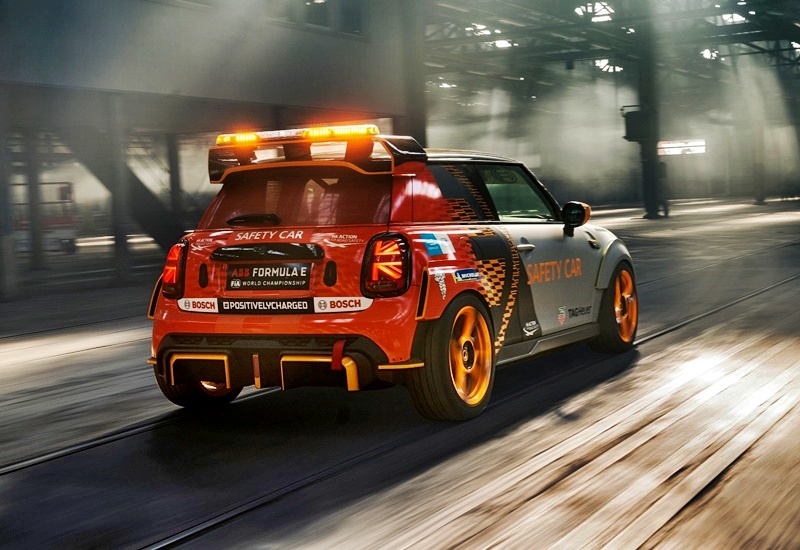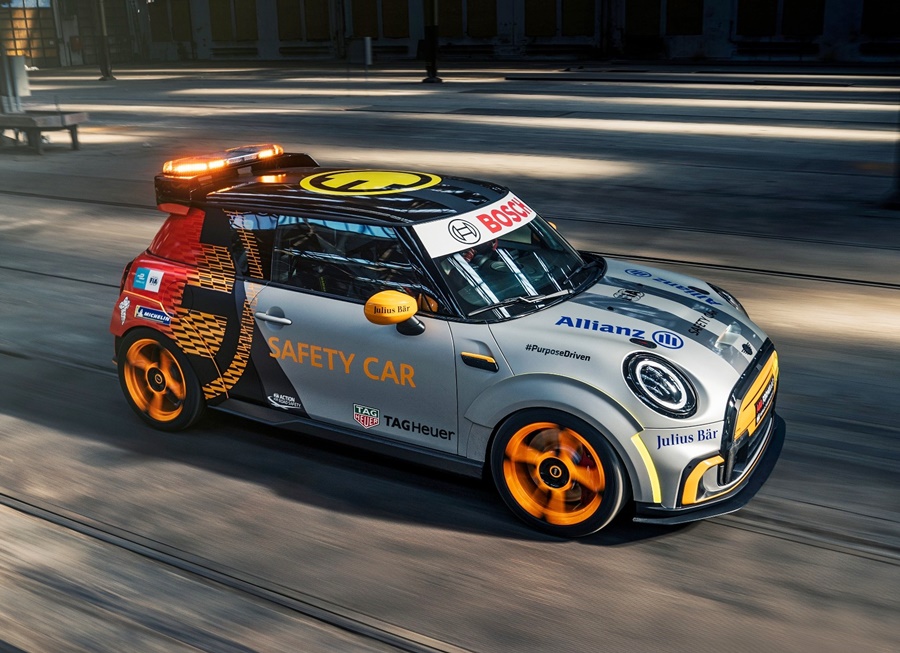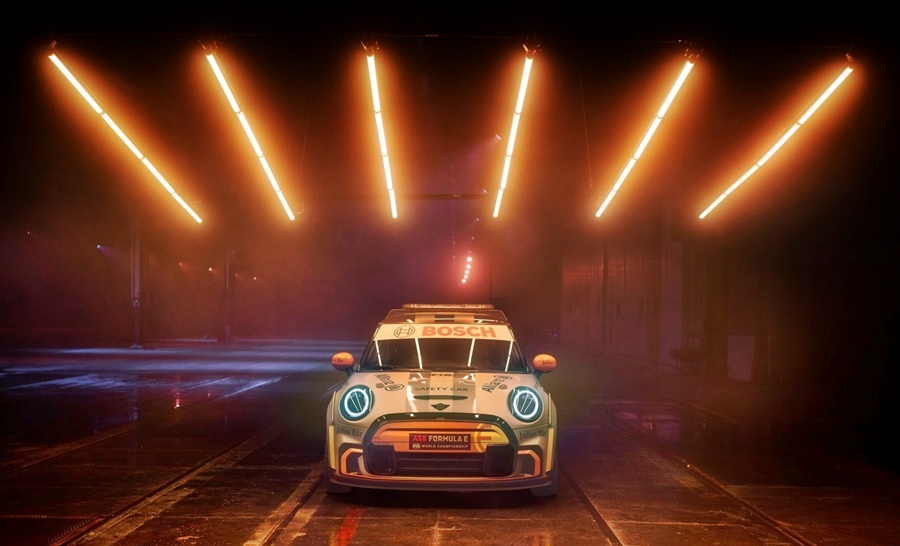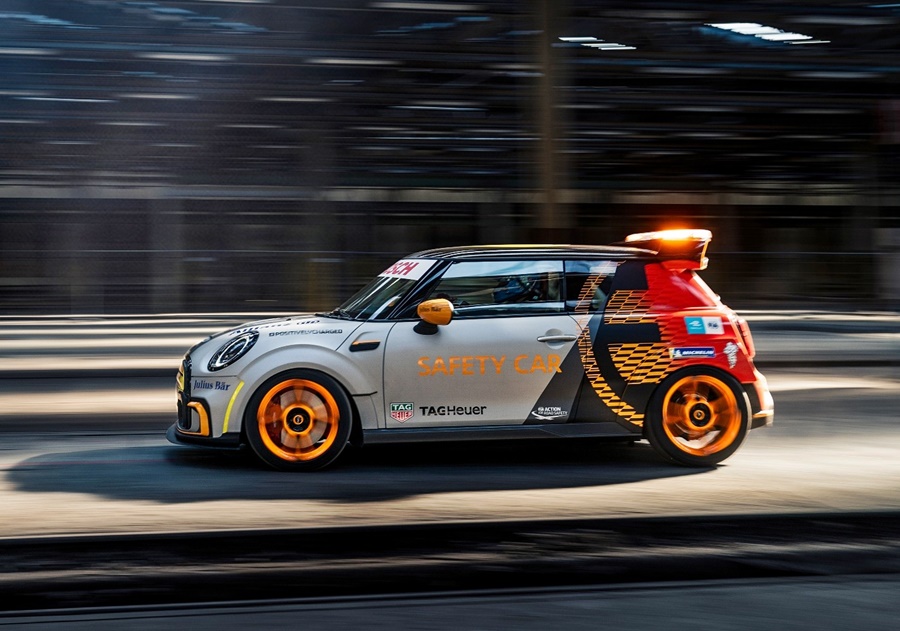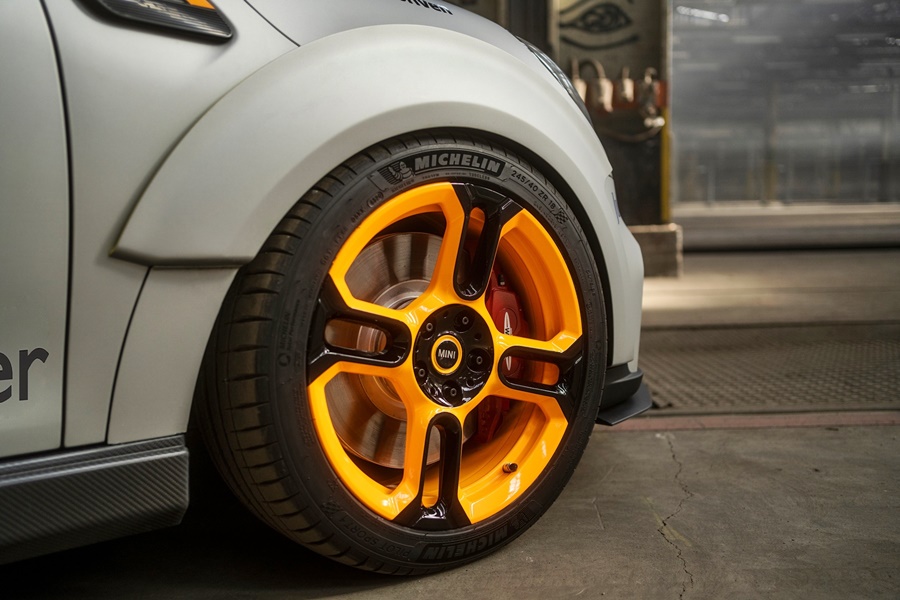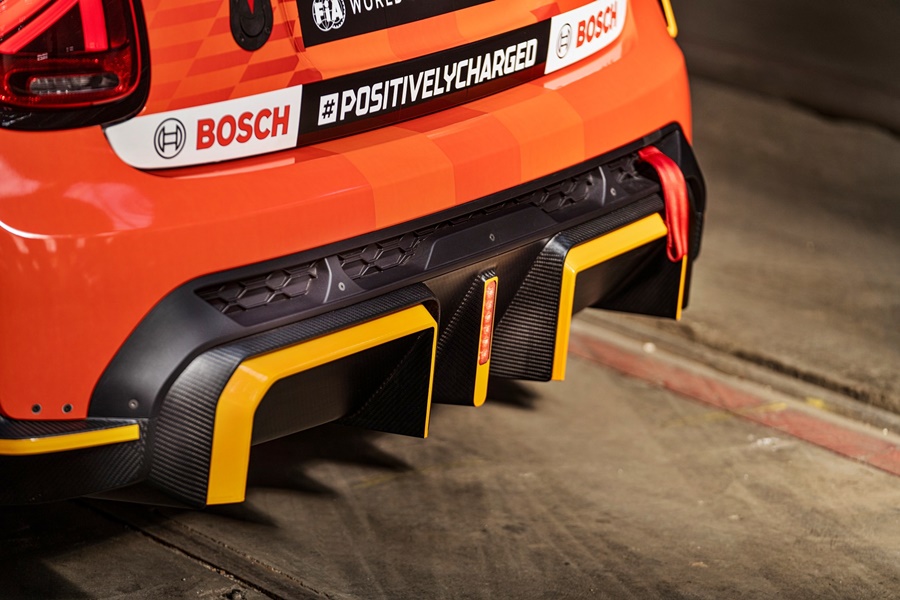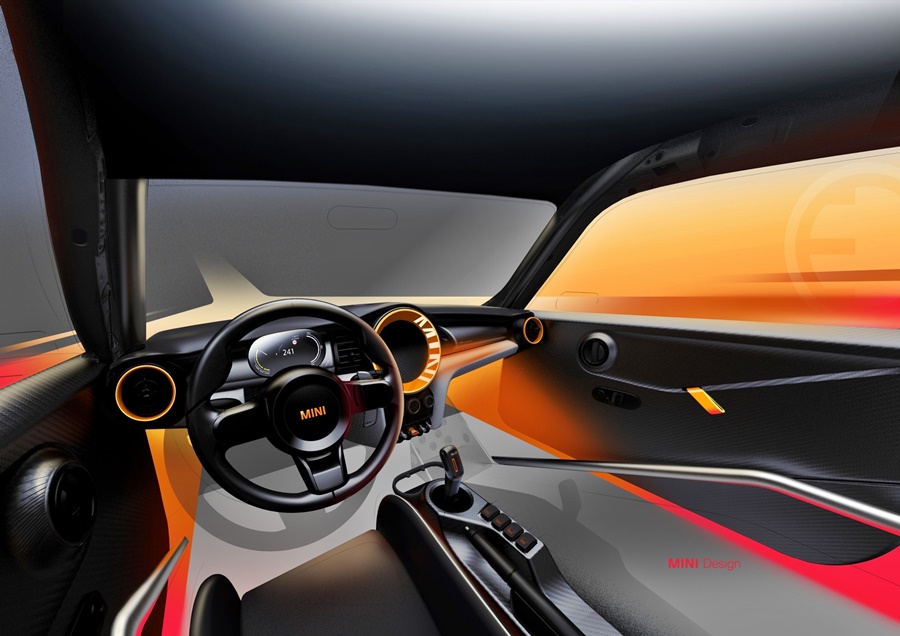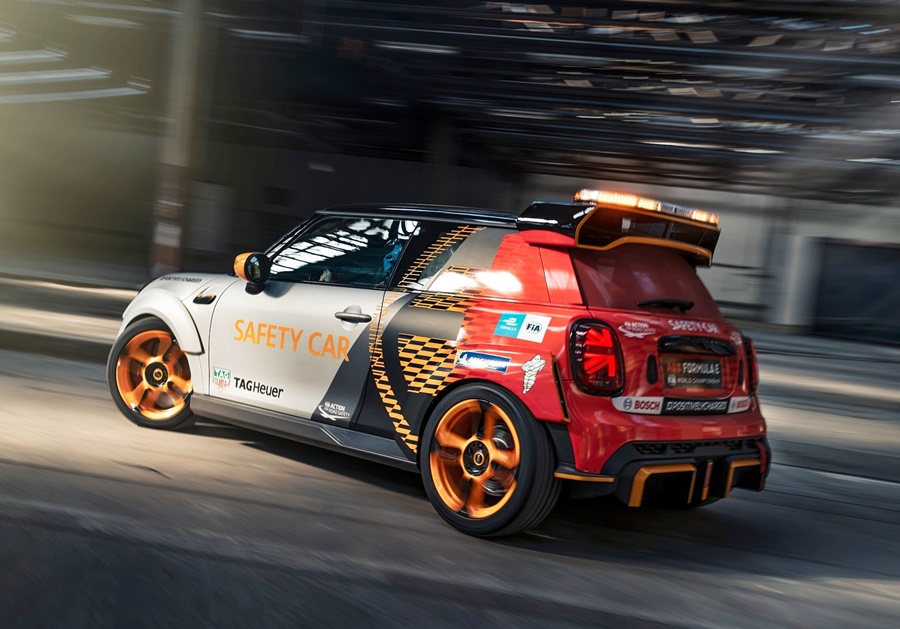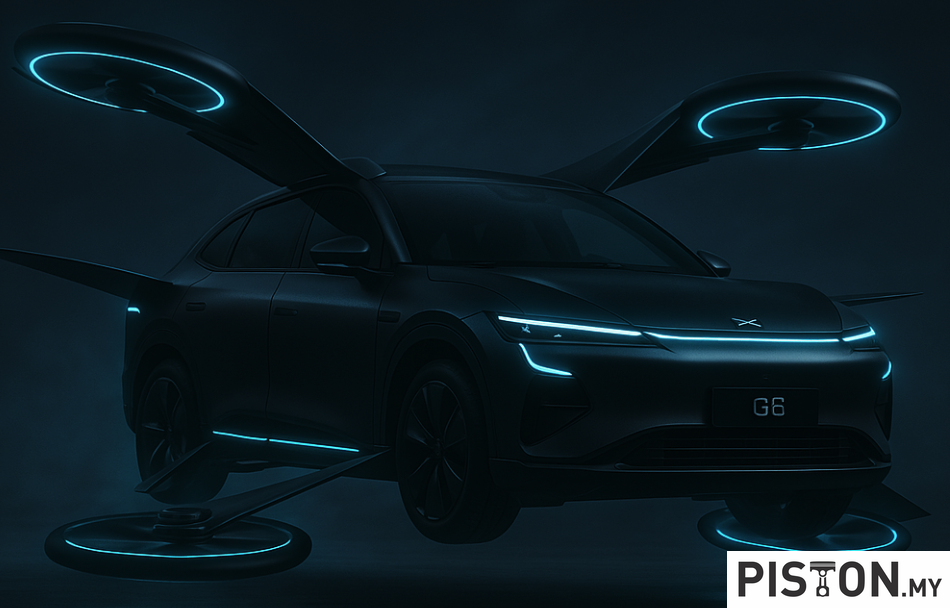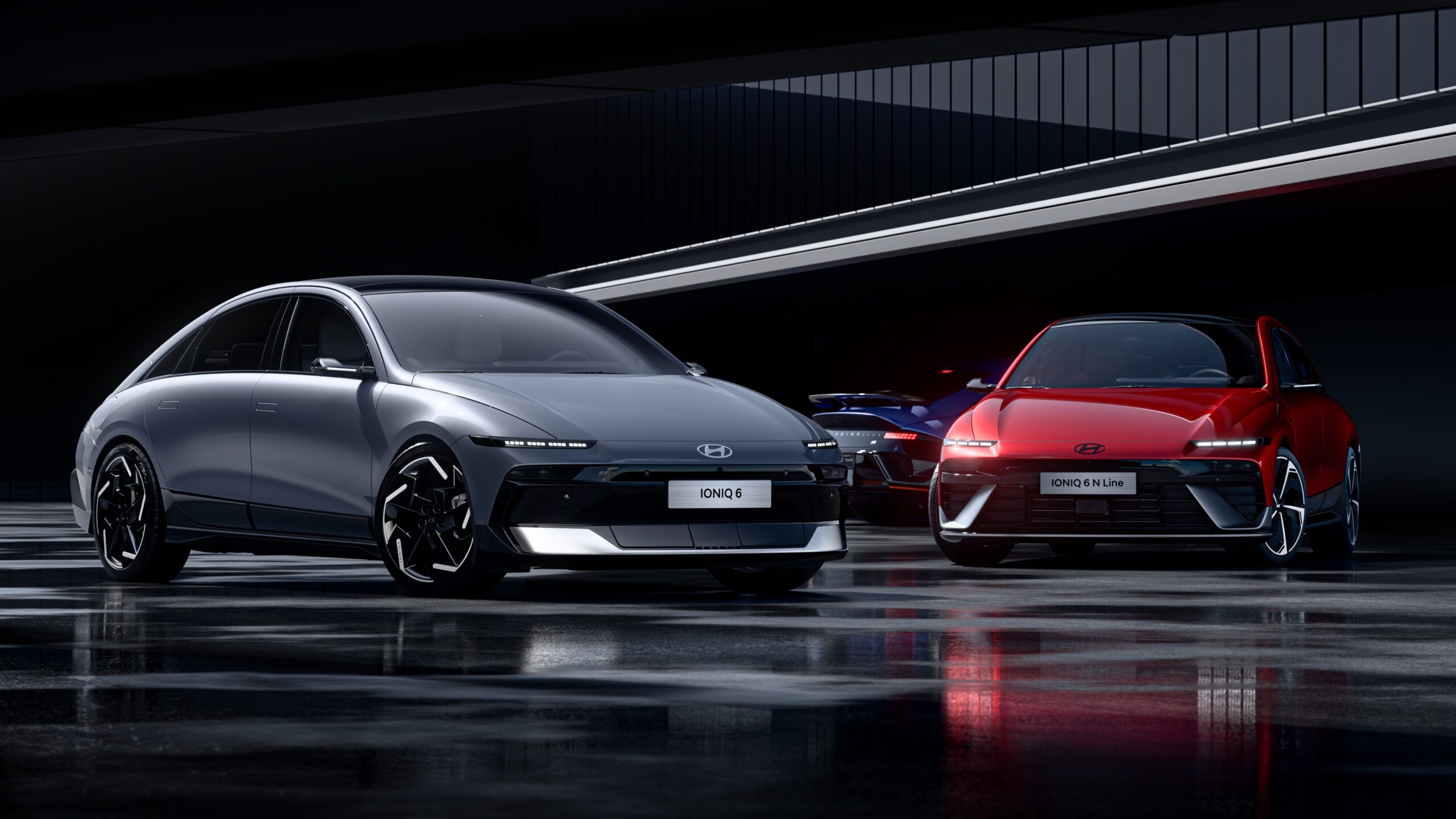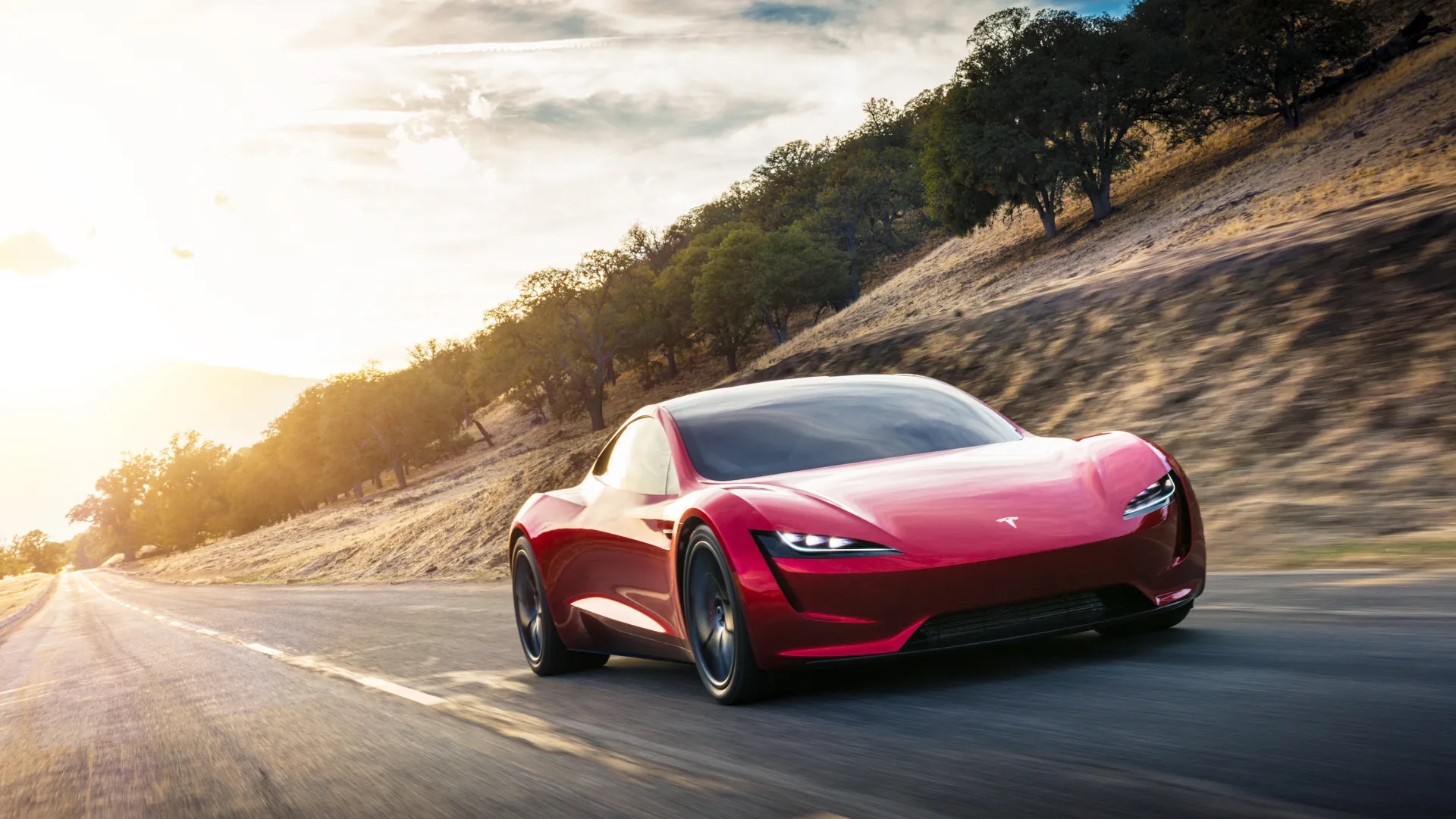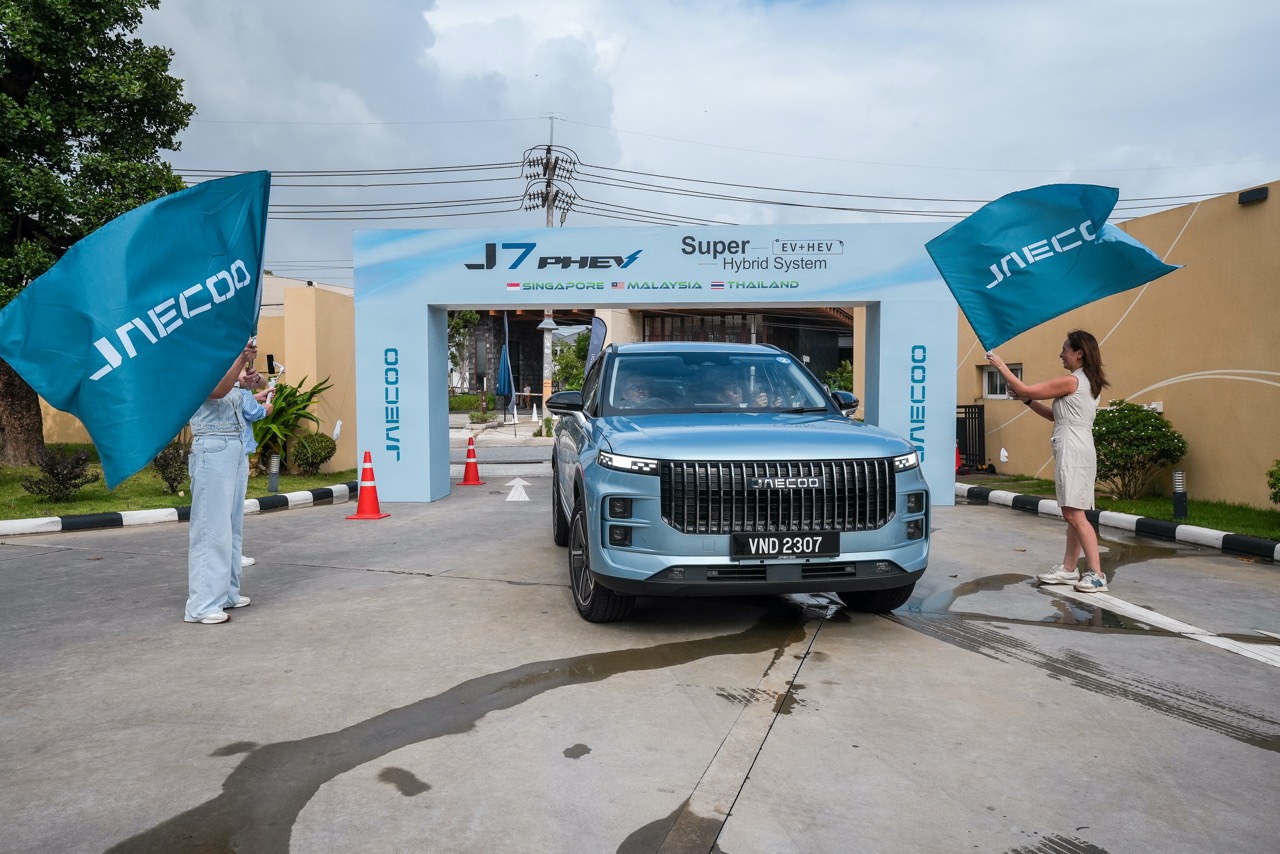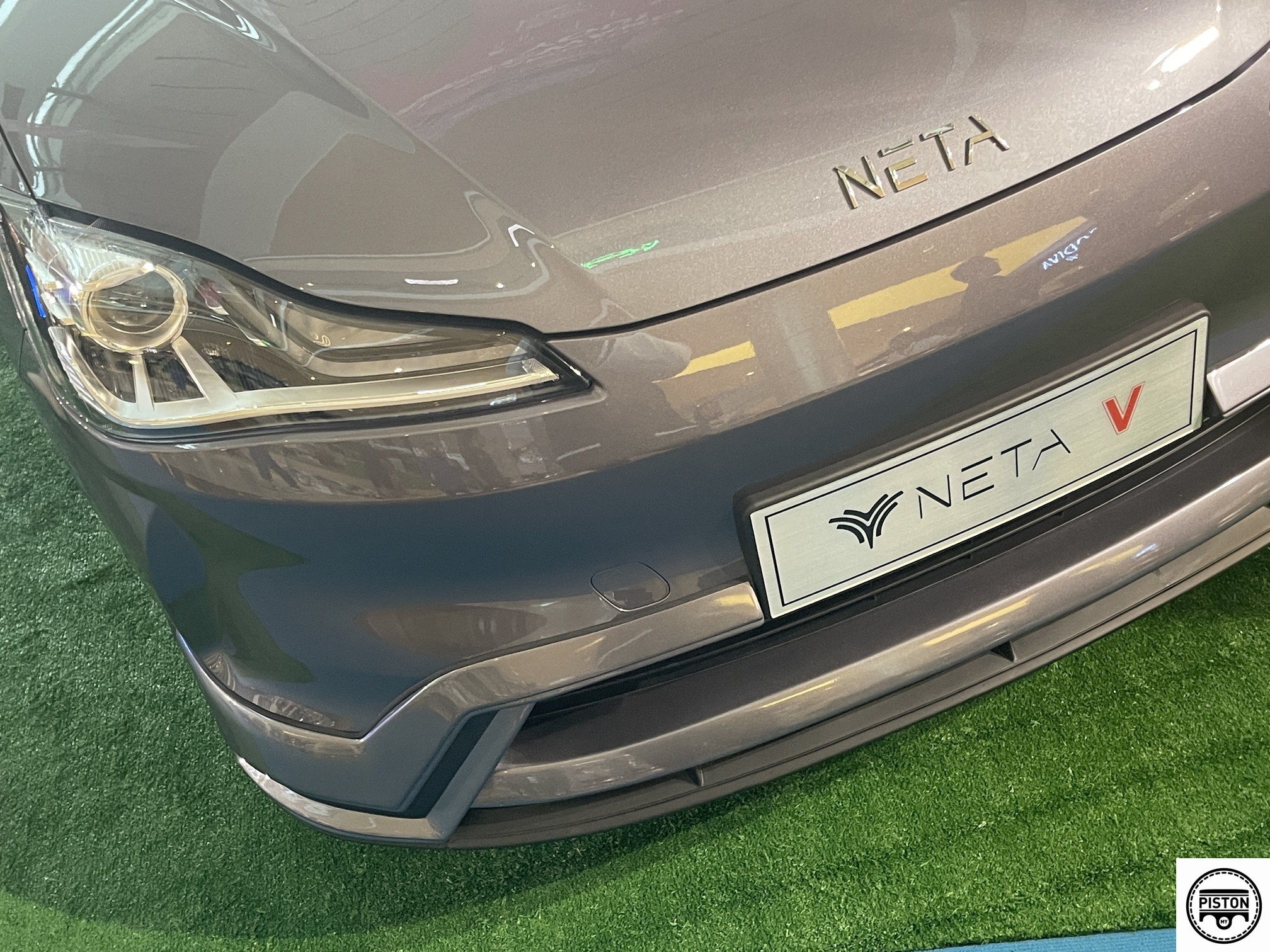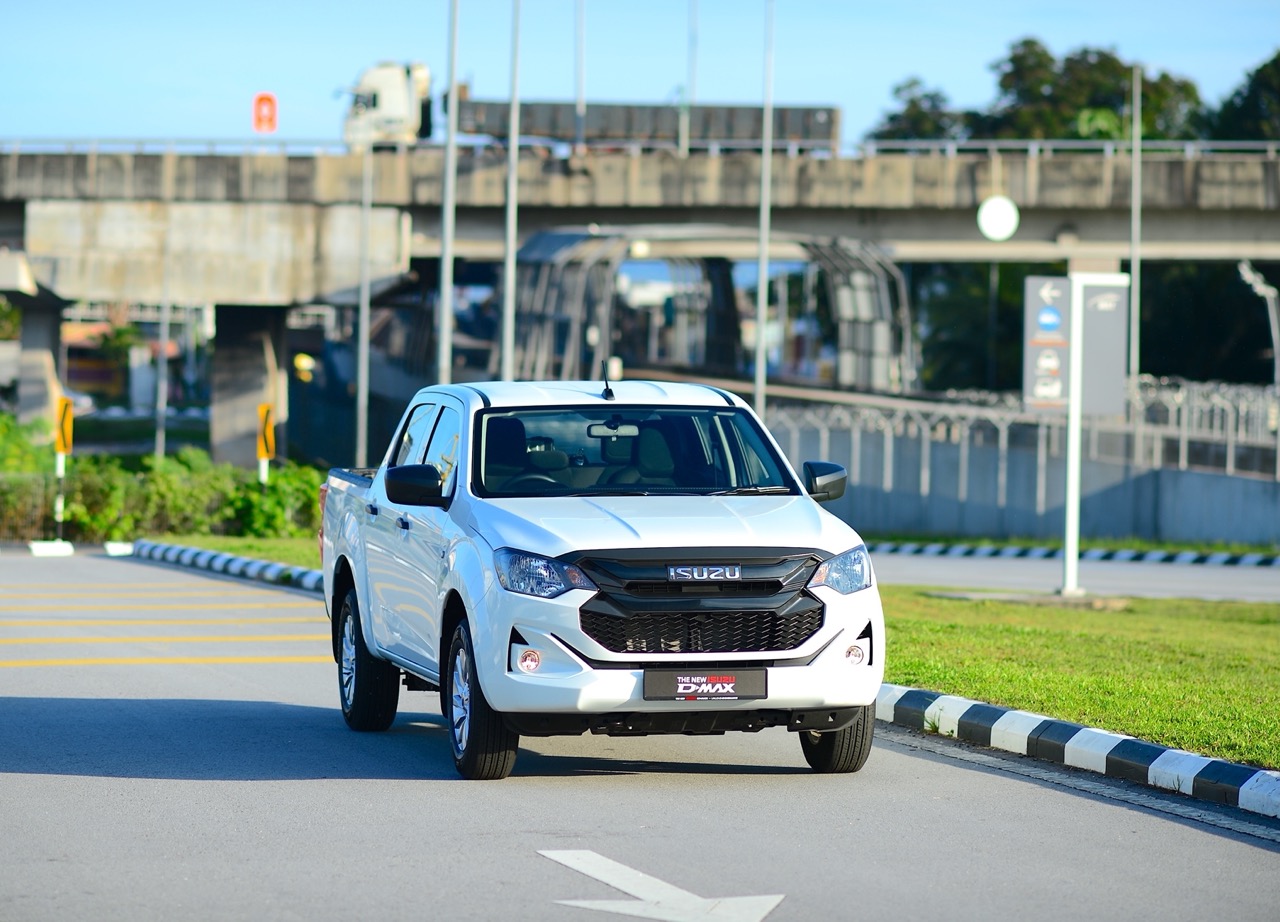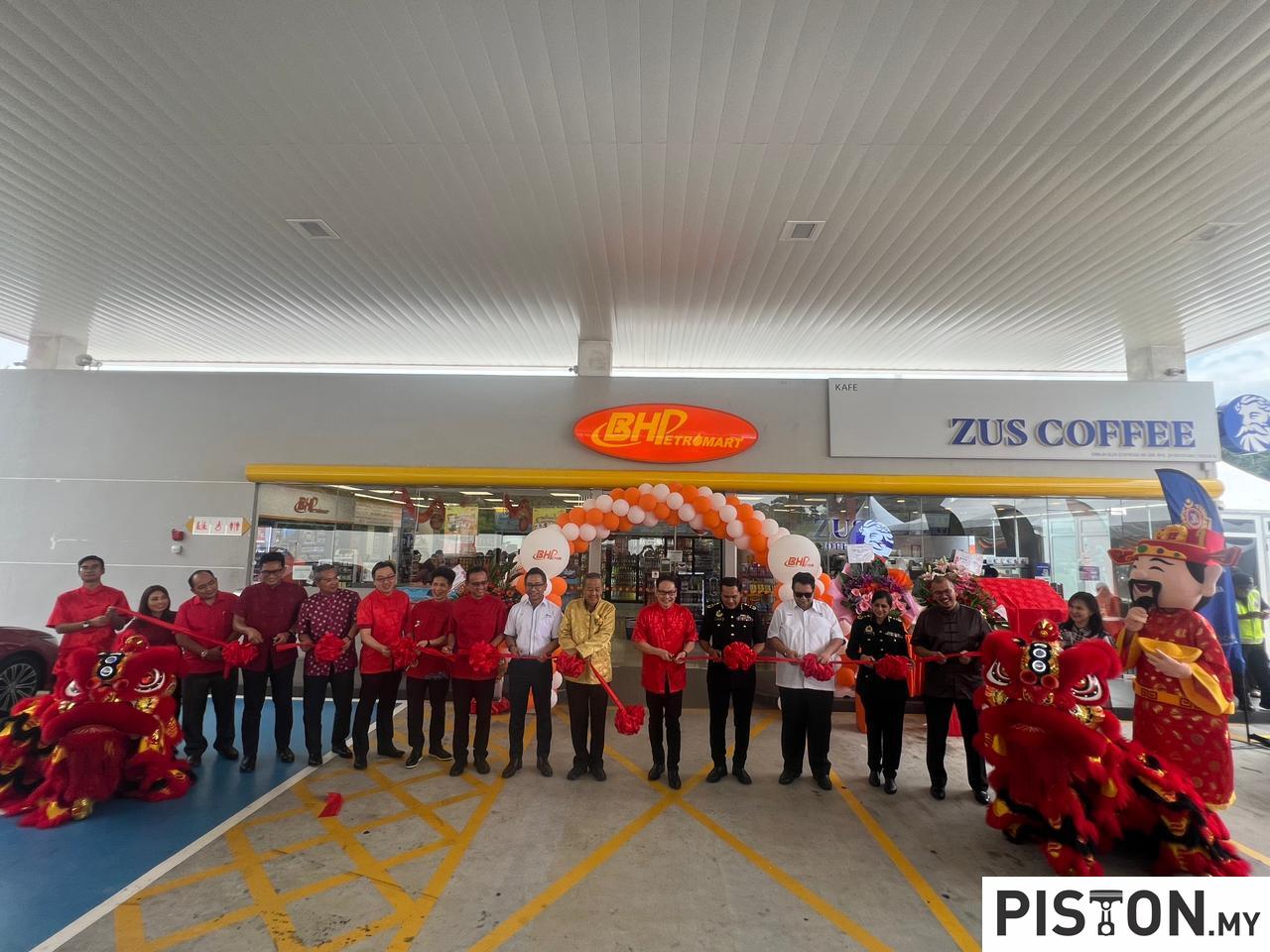
After providing a BMW i8 as the Official Safety Car for the ABB FIA Formula E World Championship since 2014, the BMW Group is now providing a new car as the i8 is no longer in production. The i8 was an appropriate car for the all-electric single-seater series as it was world’s bestselling plug-in electric sportscar, with over 20,000 units sold worldwide.
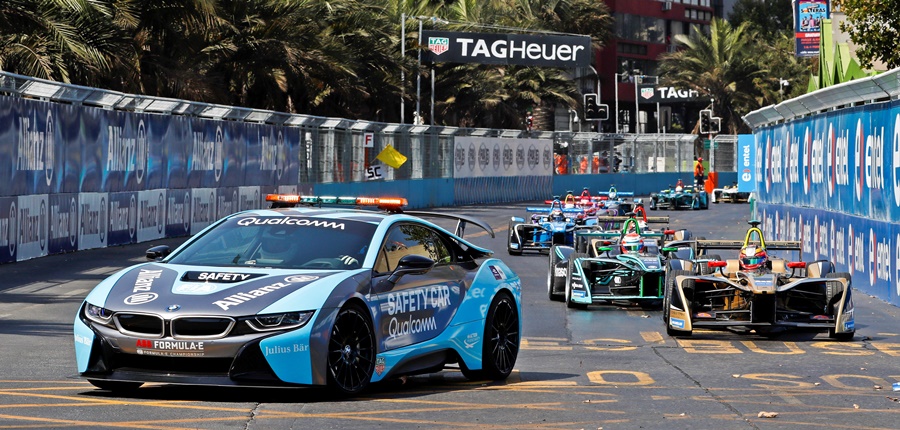
For the new Safety Car, the MINI Electric Pacesetter inspired by JCW will be used. The car was created out of the new MINI Cooper SE as part of an unprecedented collaboration between MINI Design, BMW Motorsport, the FIA and the Formula E. It connects the brand’s electrified future with the rich racing history of John Cooper Works.
The new Safety Car will see action for the first time in Rome on April 10 at the second event (Race 3) of Formula E’s 2021 season.
“We have already shown how well driving fun and electric mobility go together with the MINI Electric,” says Bernd Korber, Head of MINI. “However, the MINI Electric Pacesetter inspired by JCW goes at least a step further and blends the performance character of the John Cooper Works brand with electric mobility.”
He added that this extreme version of the MINI Electric has been developed as the Safety Car for Formula E, and is clearly not intended for use on public roads. “But it does reveal one of the directions we could take with the electrification of the JCW brand. For me, the message is clear: electrification and John Cooper Works are a good fit,” said Korber.
Dynamism maximised
The exterior of the MINI Electric Pacesetter inspired by JCW has been purpose-built for life on the racetrack and represents the most dynamic interpretation yet of a MINI with all-electric power. “The design is an exciting symbiosis of technical precision and emotion,” explained Oliver Heilmer, Head of MINI Design. “Here, function dictates form, and many design elements have been shaped by technical considerations. For example, we worked closely with our colleagues at BMW Motorsport to develop the form of the wheel arches and front and rear aprons, and the optimisation programme for them included weight-saving measures. This visually striking, technically precise design language gives the car its pervasive sense of emotional engagement and excitement.”
Signature JCW elements, such as wheelarches adapted to the car’s track width and the deep front apron with additional front splitters to the left and right enhance the sporting visuals of the front end. The blanked off ‘radiator grille’ and MINI Electric logo point to the electric ‘heart’ of the Safety Car.
As virtually no drive system cooling is required through the upper area of the grille, the front end is largely enclosed to aid aerodynamics. The only exceptions are the area below the grille and the eye-catching, almost squared-off apertures for brake cooling. The Safety Car’s white flashing lights are integrated harmoniously into the bonnet. Characteristic MINI bonnet stripes extend over the roof to the rear end.
Showcasing MINI’s racing genes
The interplay of geometrically accentuated spats (with carefully placed aero edges) and sporty side skirts gives the car the appearance of powering forward. Together with the increased-diameter wheels, which almost fill the wheelarches, these elements strengthen the time-honoured MINI ‘stance on the wheels’.
The spats and spoilers are made – or more precisely 3D-printed from recycled. Yellow accent lines and surfaces on the aero elements (eg the spats, skirts and rear wing) provide a nod to the airflow optimisation taking place in these areas and add a visual flourish to the air deflectors and aero edges. The lightweight 18-inch forged wheels in bi-colour black-neon/orange design bring significant visual depth and added intricacy to the 4-spoke items from the MINI John Cooper Works GP.
The respective colour worlds of the MINI Electric and John Cooper Works brand merge into a single statement. The main body colour is a matt silver which extends back beyond the centrepoint of the car. A high-gloss wrap with a 2-stage colour gradient – from Highspeed Orange to Curbside Red – then covers the rest of the body to the rear. The contrast between matt and gloss surfaces brings extra smoothness to the silhouette, while the clear, diagonal separation lines between the different colours injects further dynamism.
On the flanks, a chequered flag-inspired pattern shares the stage with a large MINI Electric logo, which can also be found in the radiator grille, on the roof and at the rear end. The Safety Car brief also brings regulations-specific and sponsor-related graphics, which add further visual intensity to the car’s racing character.
Broad eye-catching rear
The rear end in black and Curbside Red met. uses yellow accent surfaces to extend the eye-catching design language from the front end and flanks. The prominent roof-mounted rear wing with air through-flow and yellow accent lines also integrates the signal light unit and was 3D-printed at the MINI factory in England. The rear apron has cut-outs around the wheels, clearing the view to the higher-grip racing tyres. Between the wheels sits an unadorned diffuser. When the car is viewed from this angle, the accents in Energetic Yellow and lack of exhaust tailpipes identify this as a car powered by an electric drive system.
Maximum reduction inside
As with racing cars, the interior is stripped to the absolute essentials and only the front seats remain. The driver’s area consists of a certified seat with 6-point belt approved for both racing and road use, a steering wheel with minimalist-design carbonfibre impact absorber and a digital instrument cluster. The central information display makes way for a carbonfibre cover here to further reduce weight. The centre console houses the gearshift lever, handbrake and controls for the necessary signal lights – all in exposed carbonfibre. The minimally trimmed carbonfibre door panels with window and door openers contain cloth straps to make closing the doors easier.
Another central feature of the interior is the welded-in roll cage, which maximises safety. And the remainder of the almost bare interior structure is also painted in typical racing white (for functional reasons).
Light and very powerful
Rigorous adherence to lightweight design principles gives the Safety Car a kerb weight of approximately 1,230 kgs – which makes it about 130 kgs lighter than the standard Cooper SE. The drive system – also based on that found in the Cooper SE – produces 135 kW (equivalent to about 185 ps) and 280 Nm, which enables the car to sprint go from standstill to 100 km/h in a claimed 6.7 seconds. As with the Safety Car in Formula 1, the MINI Electric Pacesetter inspired by JCW will have to be capable of a high speed if it is leading the racing cars around the track.
Season 7 of Formula E opens in Saudi Arabia with first-ever night races




